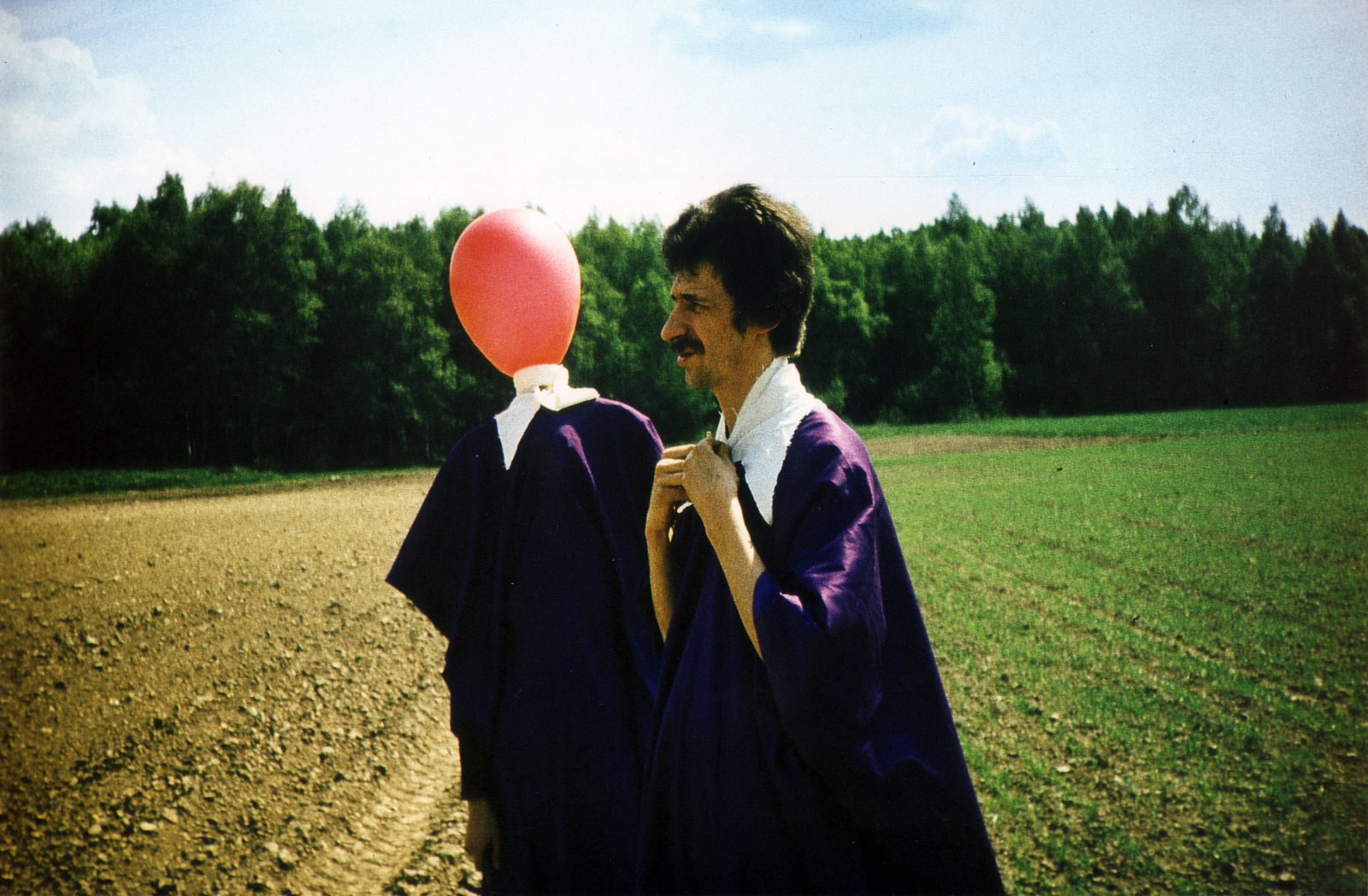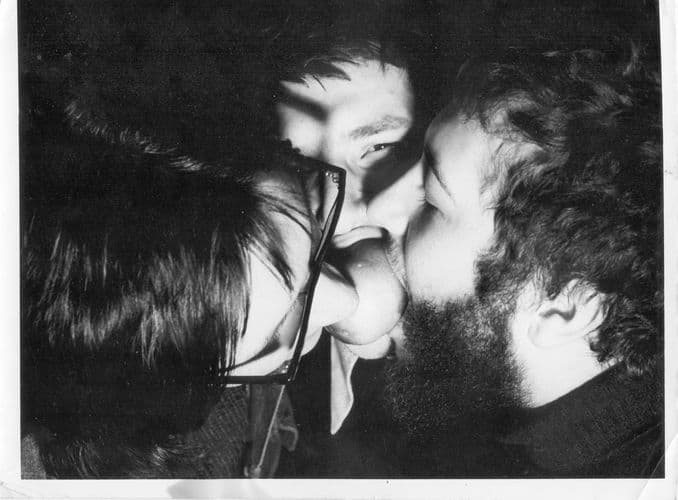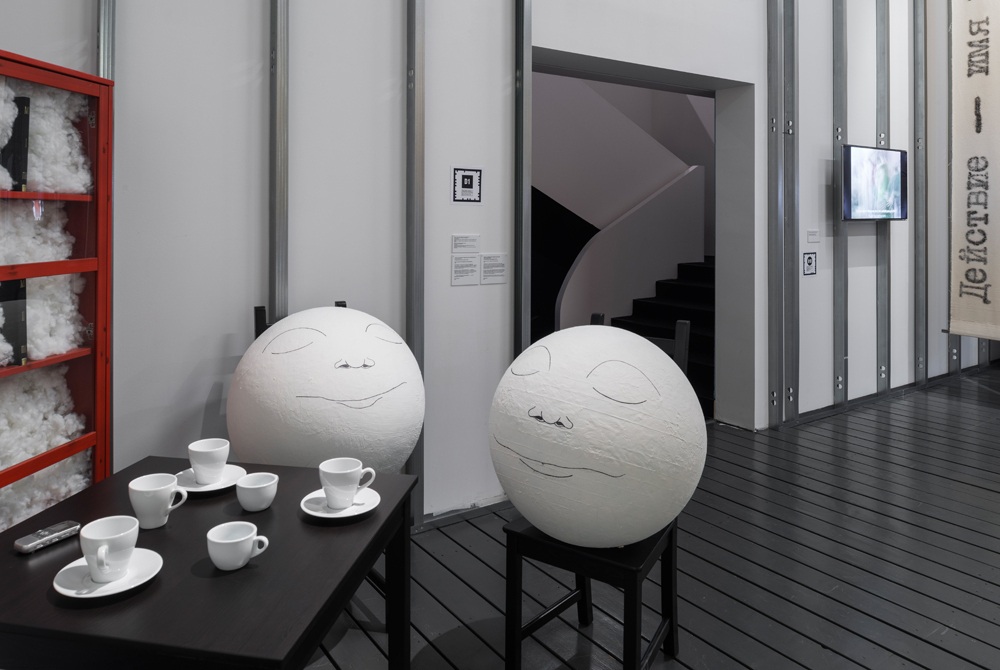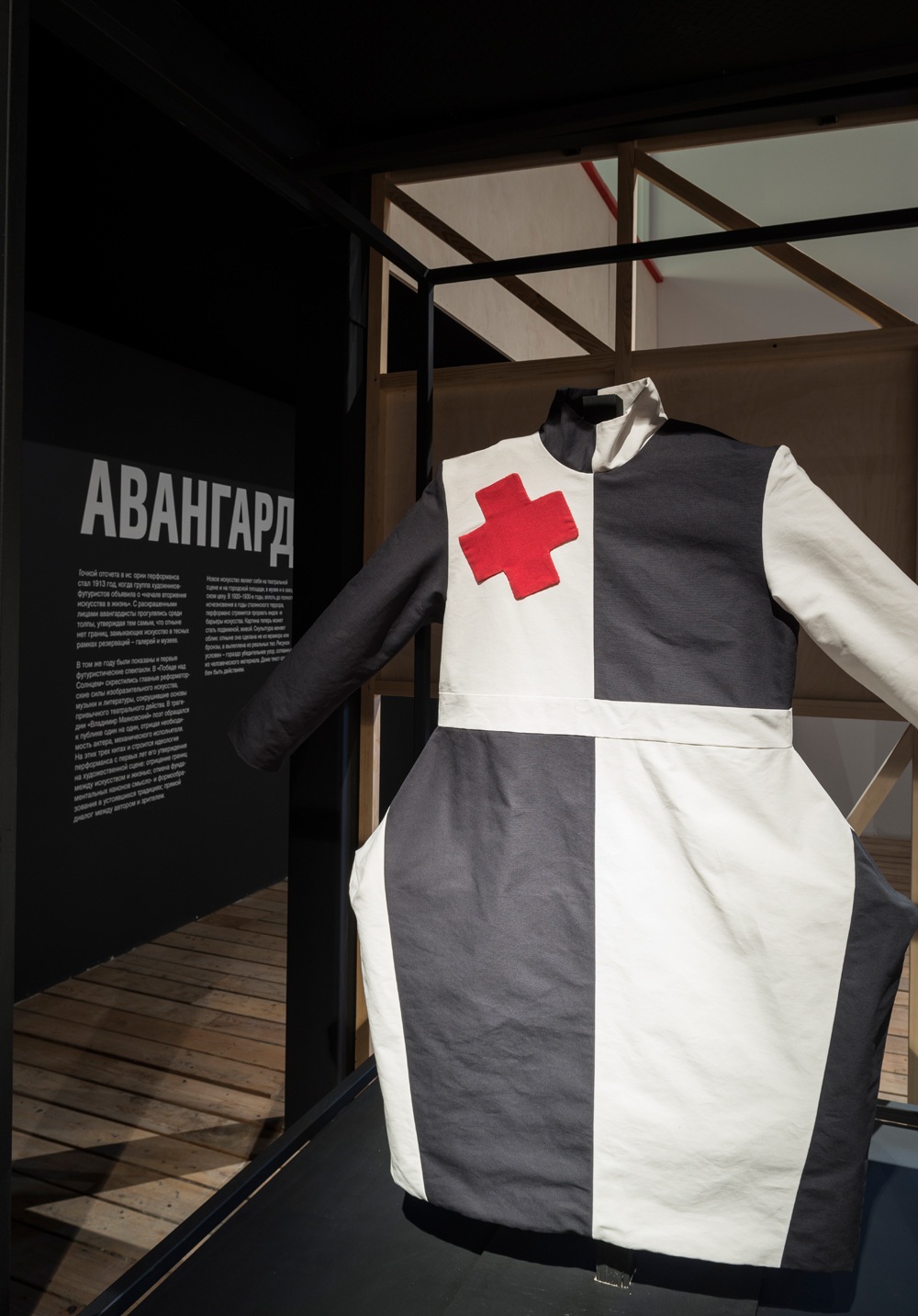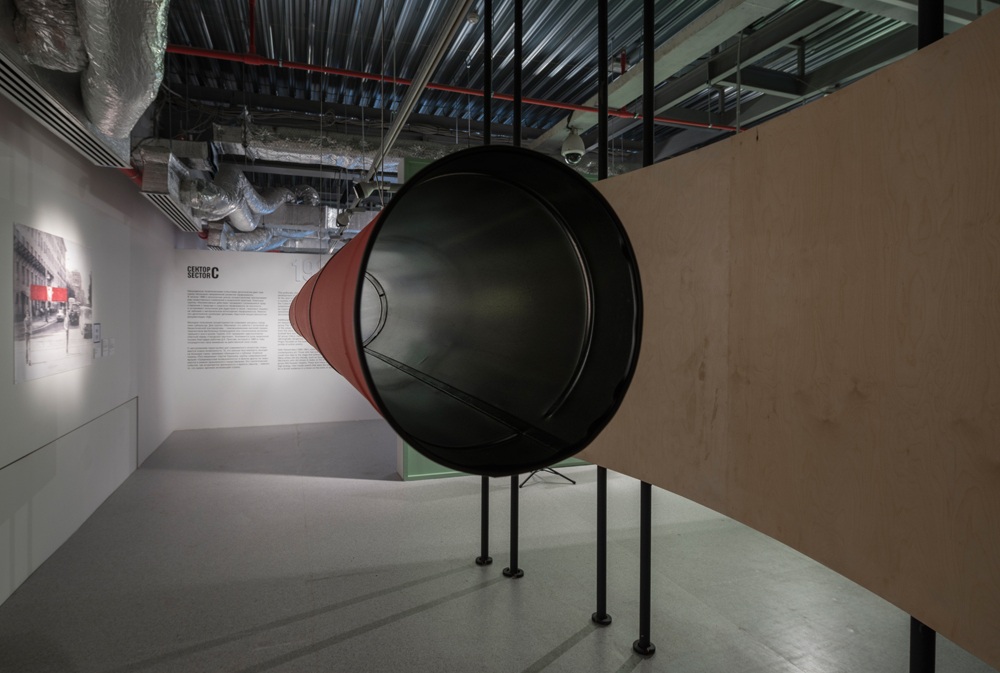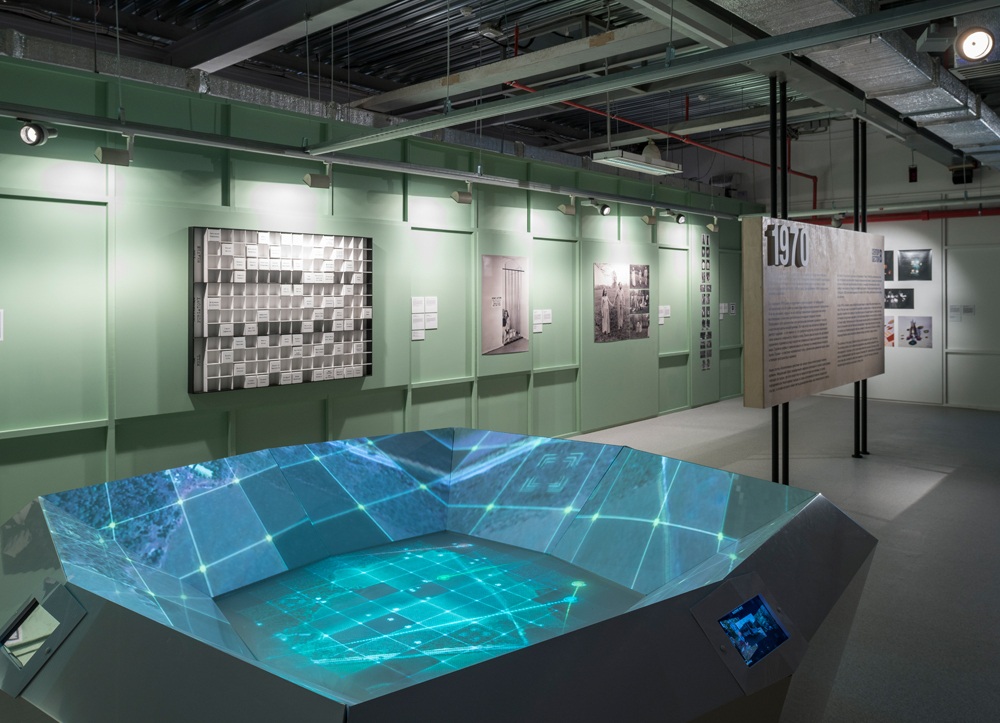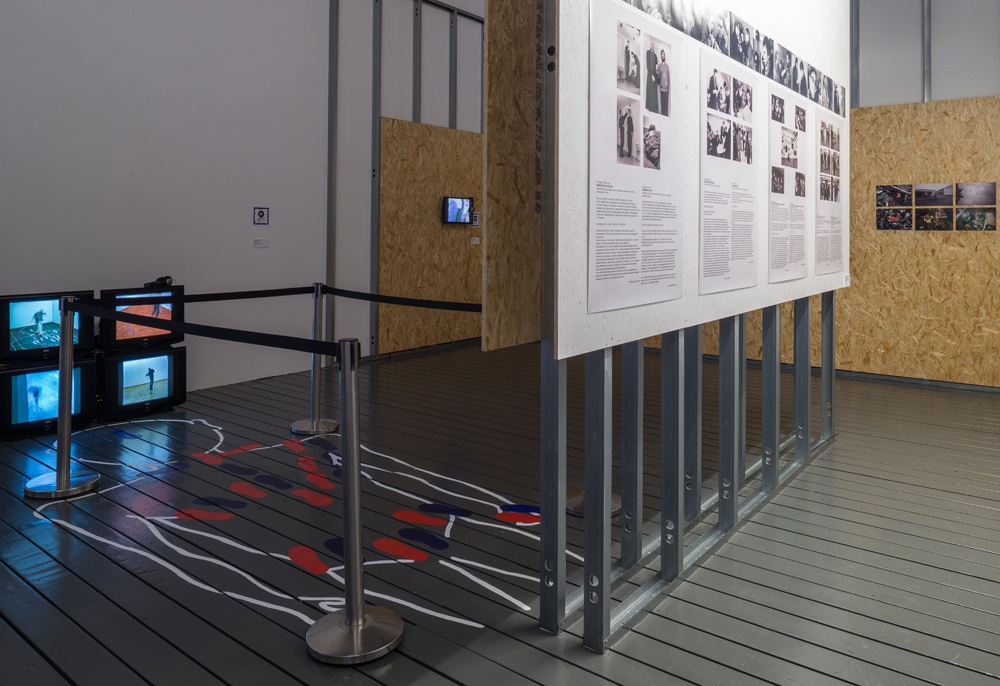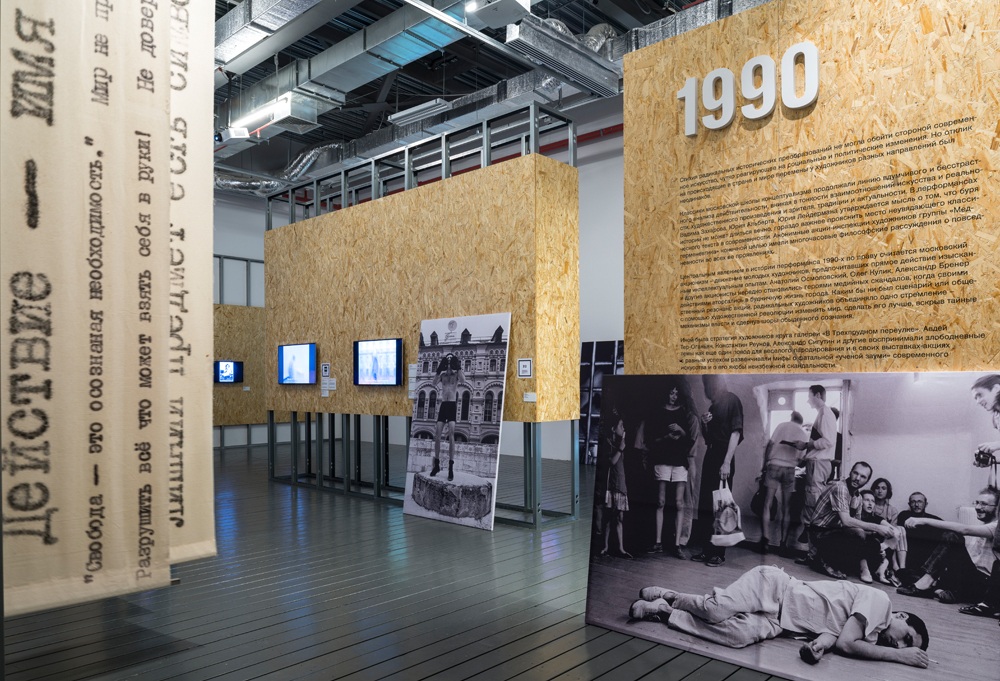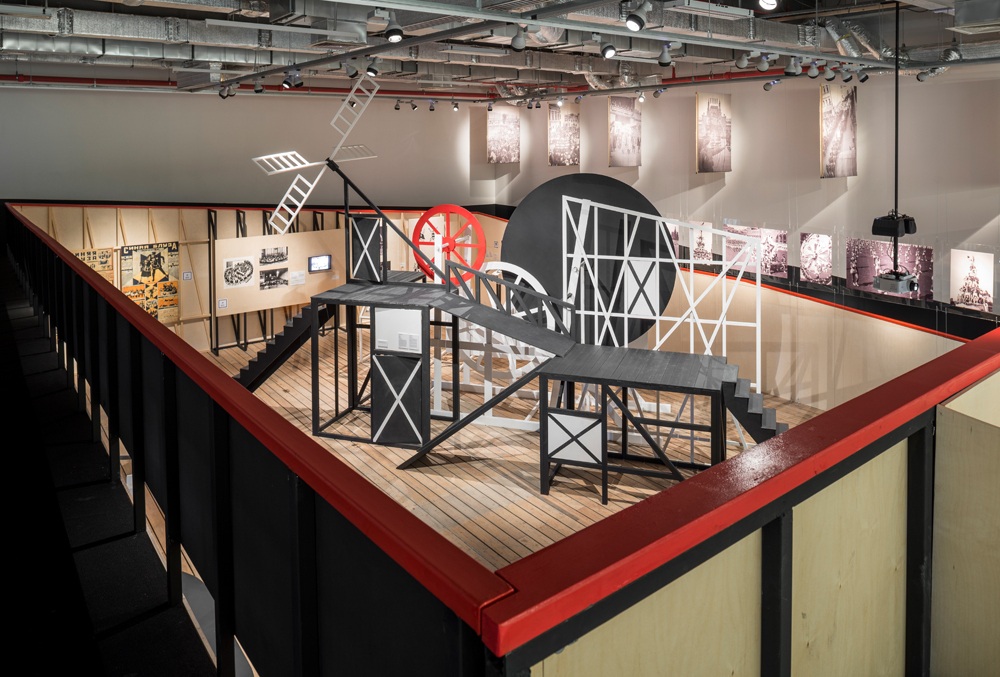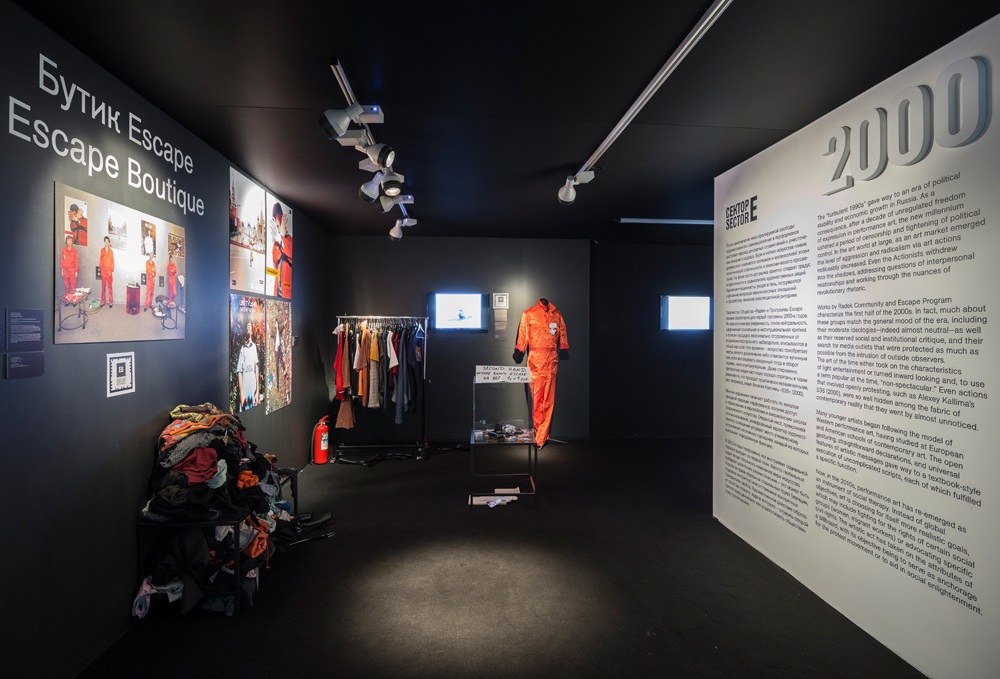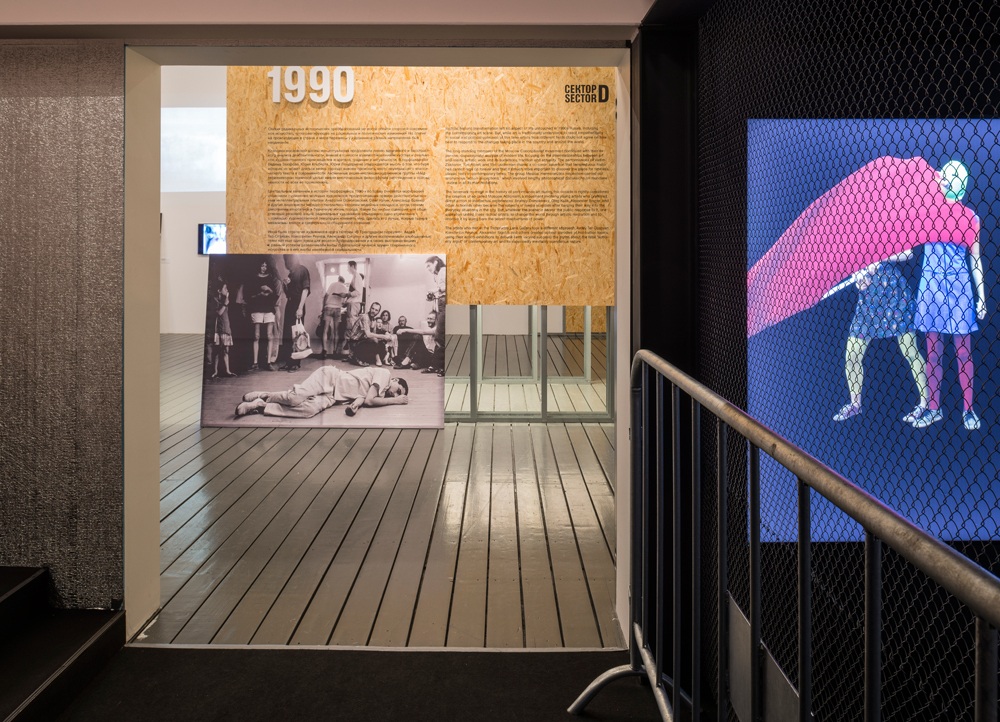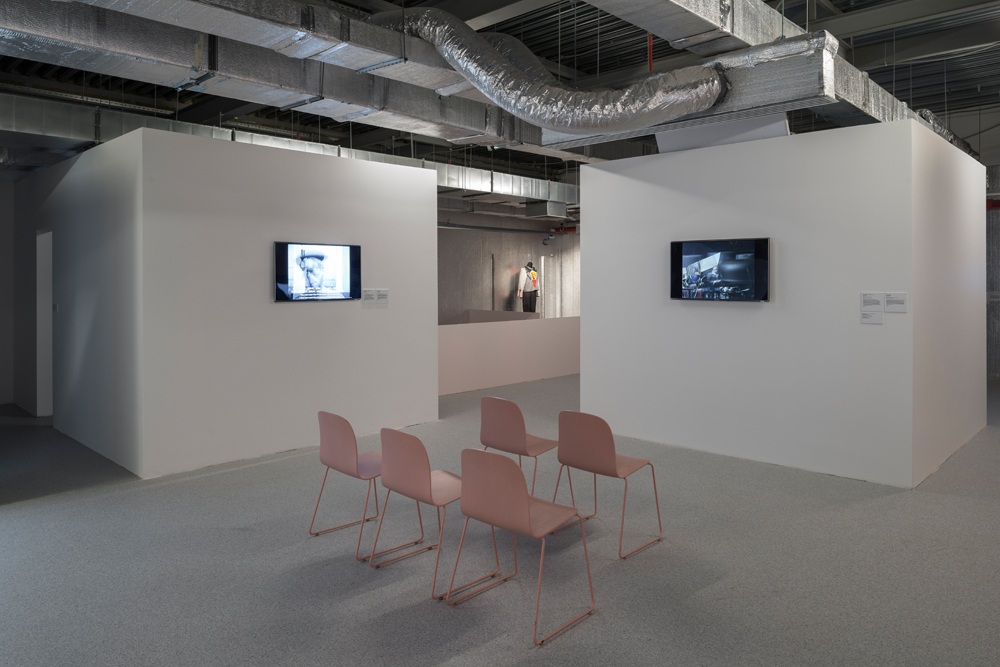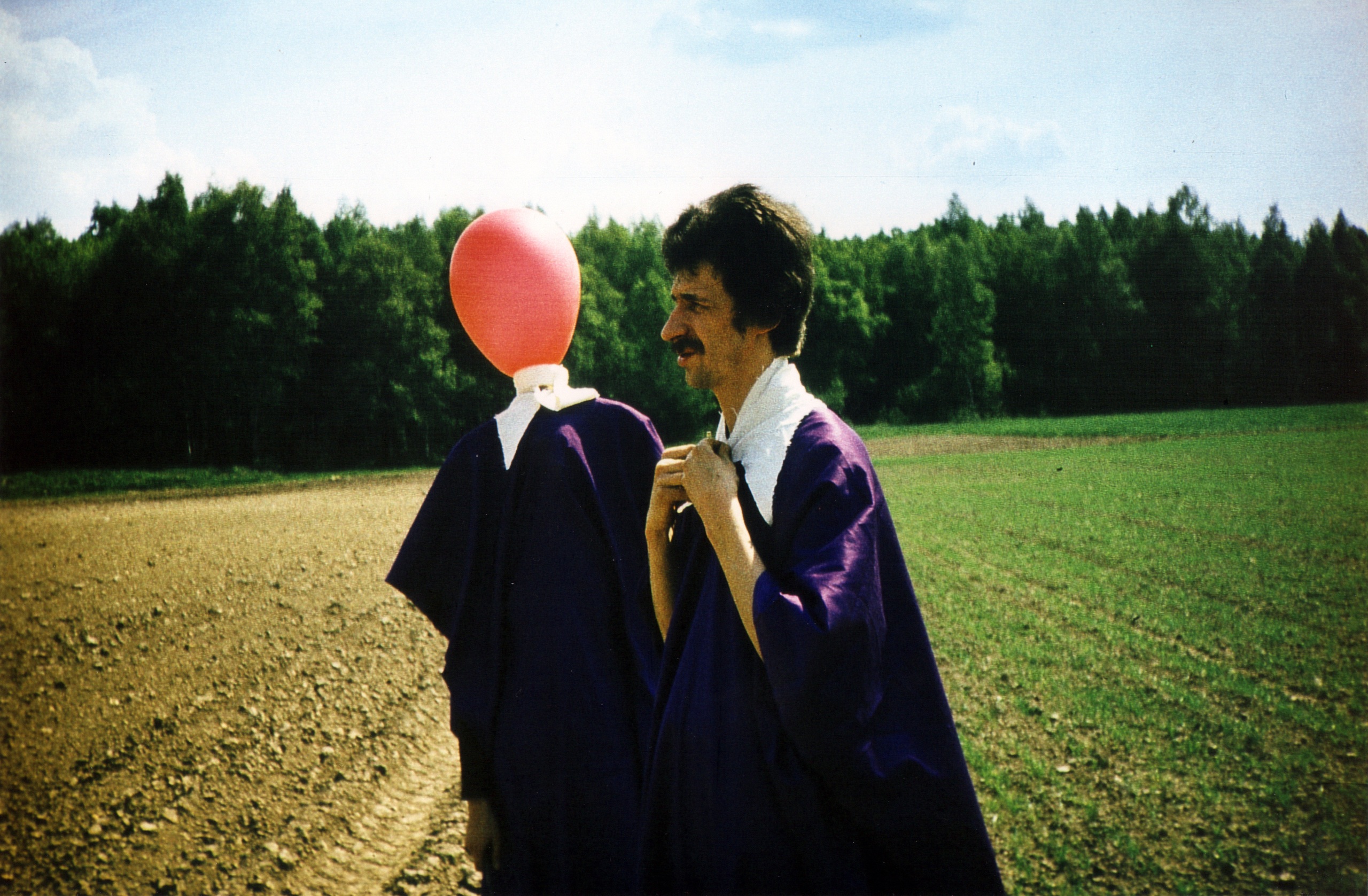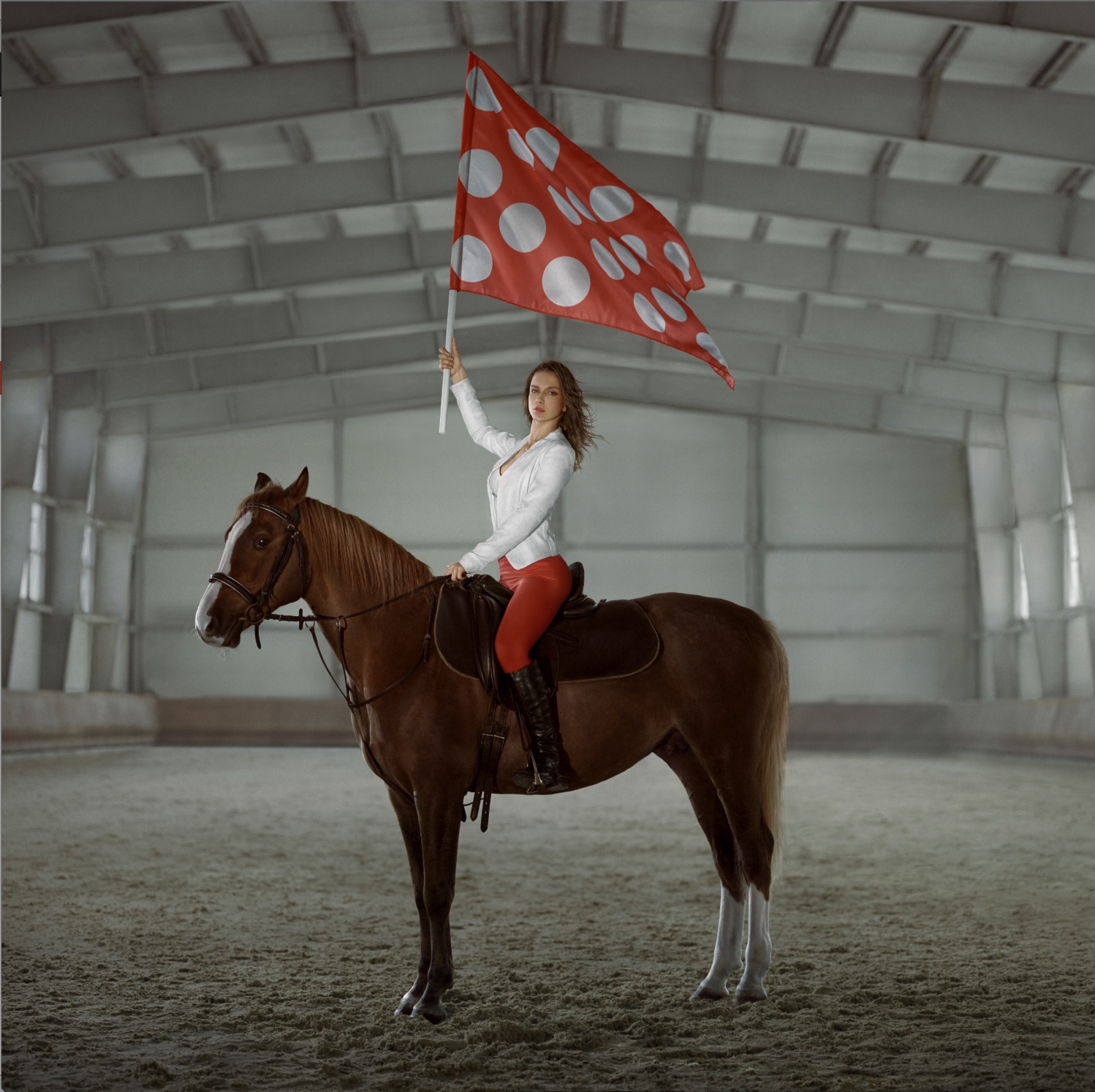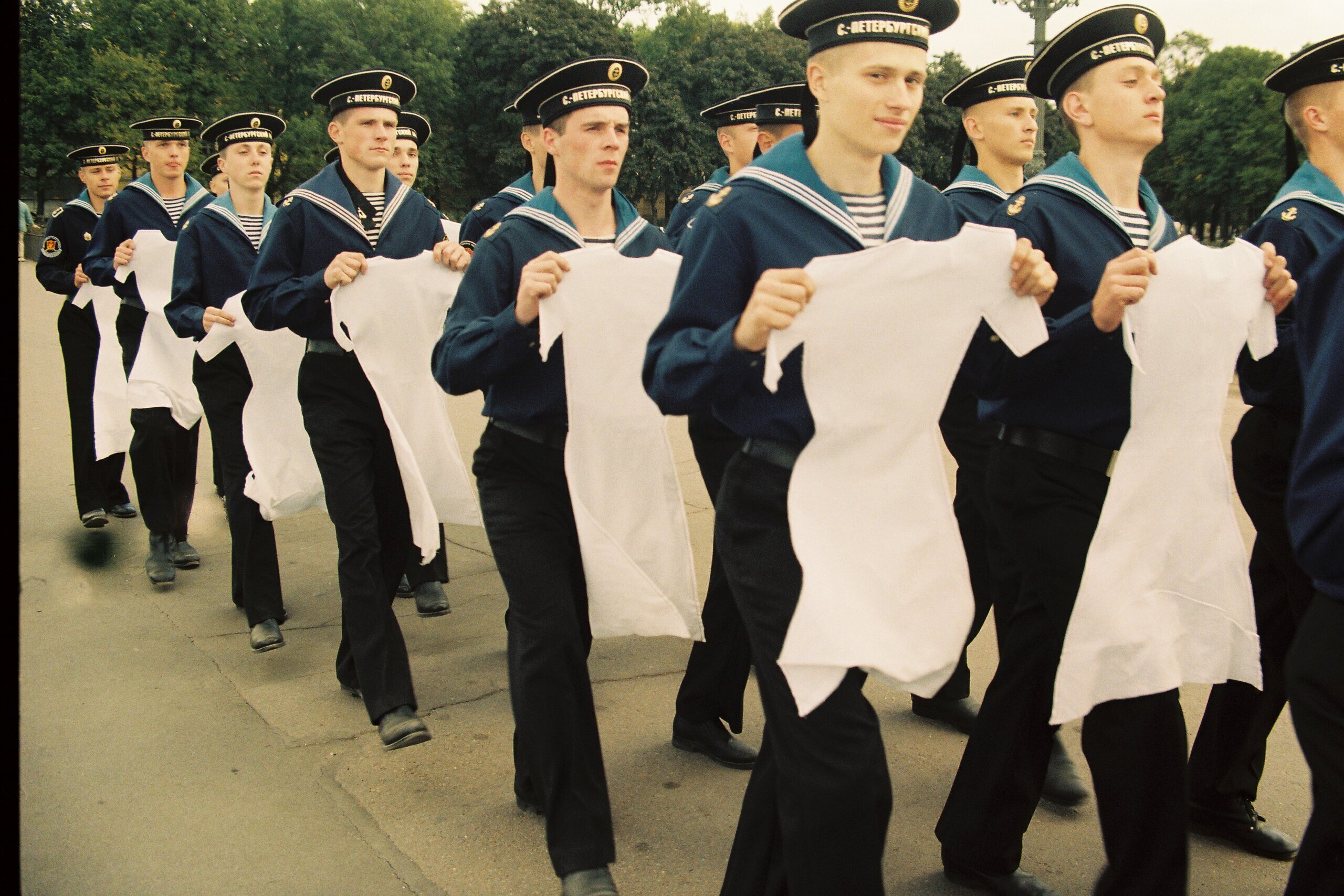Russian Performance: A Cartography of its History is the first exhibition to explore a century of the medium’s history and unique traditions in Russia. Spanning the early experiments of the Futurists to the radical actions of today, the project also emphasizes the significance of Russian performance in an international context.
Based on four years of intensive research, the exhibition takes a chronological structure, with the peculiarities of each decade or epoch reflected in the architectural design of the corresponding section of the show. Cutting-edge multimedia technologies will enable viewers to participate in a performance that is shaped by their own choices, navigating a number of alternative scenarios that are available alongside the main route. Specific #tags linking each work to one of the project's key themes (such as Statement, Costume, Landscape, Interactive Object) will assist visitors in traversing the exhibition according to their individual routes, which can be mapped with a specially designed free app.
Russian Performance: A Cartography of its History is drawn from Garage Archive Collection together with other museum and private holdings, complimented with a number of reconstructed pieces, such as Stas Shuripa's animated rendition of Victory Over the Sun (1913), the Futurist opera by Mikhail Matyushin, Alexey Kruchenikh, and Kazimir Malevich; Lyubov Popova's famous set designs for The Magnanimous Cuckold, and costumes from The Death of Tarelkin (1922) based on designs by Varvara Stepanova.
As part of the exhibition's accompanying events program, composer Sergey Khismatov's interpretation of A. Avraamov’s groundbreaking Symphony of Sirens (1922) will have its Moscow premiere. The work fuses gunshots, factory whistles, hissing steam, humming airplanes, and other "industrial" noises that once defined the modern city. Another program accompanying the exhibition, Relax and Watch, is a series of immersive videos that will be screened at Garage Education Center, featuring performances that are as significant in terms of their artistic value as they are for their documentation.
Russian Performance: A Cartography of its History has been in production at Garage since 2011. An online platform recently launched on the Museum's website presents photographic and video material related to the development of the research into Performance in Russia that Garage has undertaken over this time.
Along with the multimedia app and online platform, a catalogue will be published to accompany the exhibition, which includes introductory texts from the show's curators, as well as information on twelve different routes visitors can take to experience the exhibition. The catalogue will also contain a full list of the artworks in the show, with detailed descriptions, illustrations, and expert commentaries for over 200 performances. The result of a long-term research project, in addition to providing detailed information about the exhibition, the catalogue is the first to document the history of performance art in Russia and will feature an impressive collection of primary sources, including memoirs and critical essays.
A brief chronology of Russian performance
Russian Performance: A Cartography of its History opens with the artistic experiments of the Russian avant garde. Covering the 1910s through 1920s, this section is dedicated to the radical works that transcended the boundaries of traditional art: the actions and performances of the Futurists including the famous opera Victory Over the Sun, the daring theatrical ventures of Vsevolod Meyerhold and Sergey Eisenstein, the musical experiments of Arseny Avraamov, the politically oriented Blue Blouse theatre, and the mass revolutionary demonstrations of the era.
Following a lengthy hiatus spanning several decades, performance experienced a revival in Russian art through the practices of the Moscow Conceptualists in the 1970s, which is where the exhibition traces the origins of the medium as we know it today, presenting groups such as Collective Actions and The Nest, as well as artists Rimma and Valery Gerlovin, Vitaly Komar and Alexander Melamid, and Dmitry Prigov, among others.
As the genre progressed into the 1980s, it remained a largely elitist medium addressed to a narrow, specialized audience. Throughout the period, performances tended to take place in the seclusion of private apartments or studios, or in remote fields and city parks. Notable figures of this time include art groups The Toadstools, TOTART, and SZ. Then, the Perestroika years of the mid-80s witnessed a radical shift in perspective. The socio-political changes occurring across the country presented artists with new possibilities, resulting in both expanded audiences and opportunities for innovation. Associated with the so-called "New Wave" were names as Vladislav Mamyshev-Monroe, Sergey Kuryokhin and his Popular Mechanics Group, and collectives Mid-Russia Heights, World Champions, and The New Artists.
The 1990s were marked by the rise of Moscow Actionism, a movement of younger artists whose work was characterized by the concept of "direct action" and a search for new, often conflicting forms of public interaction. Their works would frequently take place in the streets and squares of the city, led by the movement's chief exponents, Anatoly Osmolovsky, Alexander Brener, Oleg Kulik, and Avdey Ter-Oganyan.
In contrast, the early 2000s were a time of apolitical collective performances directed primarily at experiencing the free flow of life and unexpected intrusions onto its territory. By this time, performance was accepted as a conventional form of contemporary art and international practices were becoming increasingly apparent among Russian artists, as evidenced in figures such as Elizaveta Morozova, Elena Kovylina, and Andrey Kuzkin, and the art groups Summer Radek Community, Escape Program.
Curated by Yulia Aksenova (Curator, Garage) and Sasha Obukhova (Head of Garage Archive)
FORM Bureau is the architect of the exhibition Russian Performance: A Cartography of its History.
